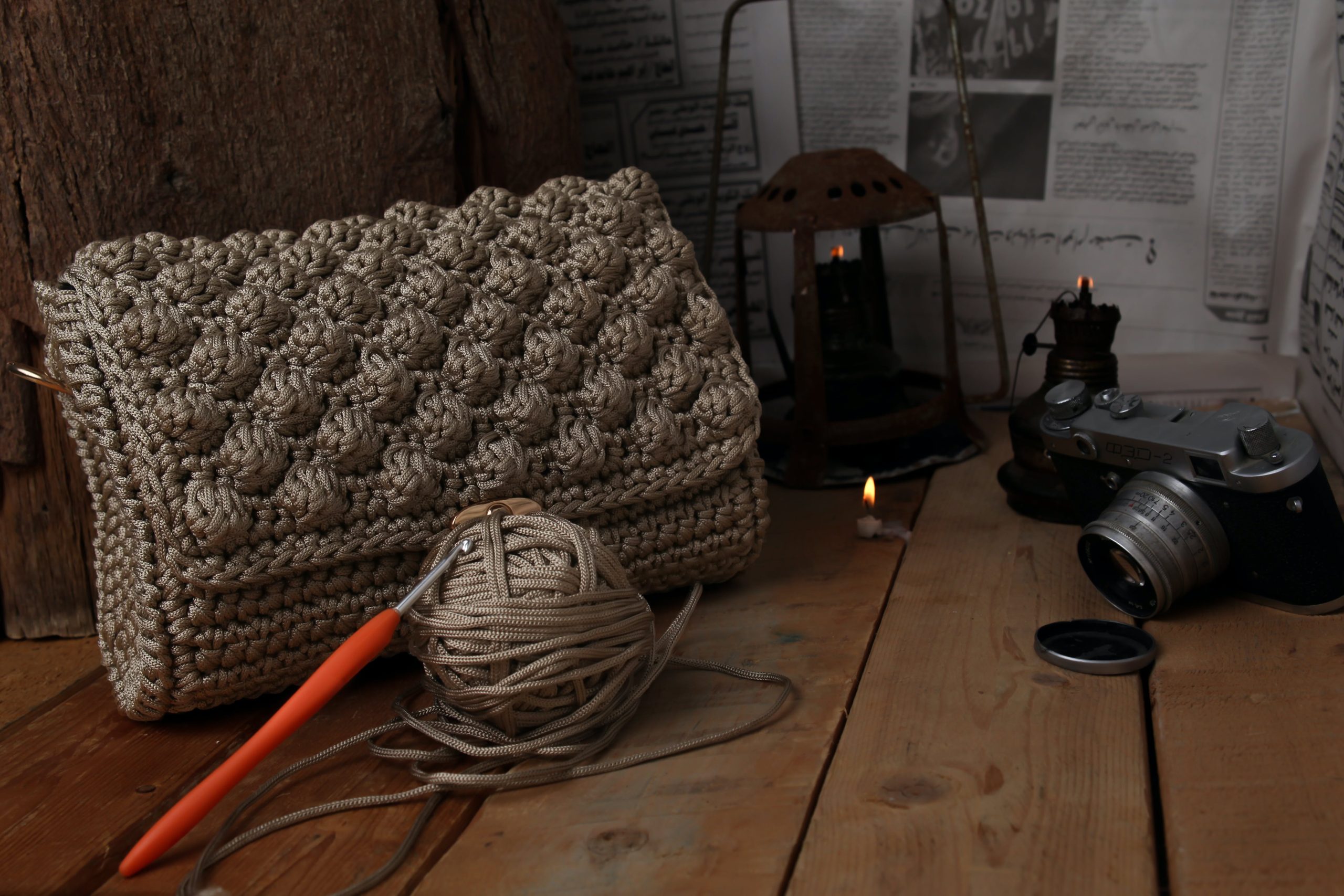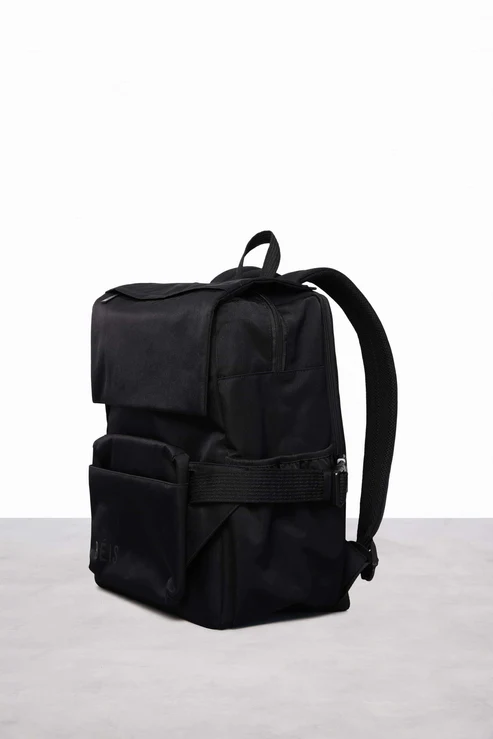Congratulations on your new arrival! As you embark on this exciting journey of parenthood, you’ll encounter many new decisions, and choosing the right baby nappy for your baby is one of the most important. This guide will explore the different types of nappies available, factors to consider when making your choice, and tips for safe and effective nappy use.
Who are Nappies For?
Nappies are absorbent garments worn by infants and toddlers to contain urination and bowel movements. They are essential for keeping your baby clean and comfortable, and for preventing leaks and messes.
Types of Baby Nappies
There are two main types of nappies to choose from: disposable and reusable (cloth) nappies.
Disposable Nappies:
These are single-use nappies that come in various sizes, absorbency levels, and features. They are convenient and readily available, making them a popular choice for many parents.
Cloth Nappies:
These are reusable nappies made from absorbent fabrics like cotton or bamboo. They are more eco-friendly than disposable nappies, but require washing and can be more time-consuming to use.
Choosing the Right Baby Nappy
Here are some key factors to consider when choosing a nappy for your baby:
Size and Fit: A well-fitting nappy is crucial for preventing leaks and discomfort. Look for adjustable tabs or fasteners to ensure a snug but comfortable fit around your baby’s waist and legs.
Absorbency: Consider your baby’s age and urination habits. Newborn babies may need more frequent changes, so a higher absorbency level might be necessary.
Material: Disposable nappies are typically made from a combination of absorbent materials and leak-proof barriers. Cloth nappies come in various fabrics, with cotton flannel and hemp being popular choices.
Cost: Disposable nappies are generally more expensive upfront, but cloth nappies require an initial investment and ongoing laundry costs.
Lifestyle: Consider your lifestyle and preferences. Disposable nappies offer convenience, while cloth nappies can be a more eco-friendly option.
Using Nappies Safely and Effectively
Frequent Changes: Change your baby’s nappy regularly to prevent diaper rash and discomfort. Newborns may need changes every 2-3 hours, and older babies every 4-6 hours.
Cleaning Routine: For disposable nappies, dispose of them properly in a closed bin. For cloth nappies, follow recommended washing instructions to maintain hygiene.
Skin Care: Wipe your baby’s diaper area gently during changes and apply a barrier cream to prevent diaper rash.
The Bottom Line (pun intended!)
Choosing the right nappy is a personal decision. There’s no single “best” option – the most important thing is to find a nappy that works well for you and your baby. By considering the factors mentioned above, you can make an informed choice that keeps your little one clean, comfortable, and happy.
Beyond the Basics: Choosing Features for Your Baby’s Nappy
Once you’ve decided between disposable and cloth nappies, you can explore features that may be important to you:
Leak Protection: Look for features like leak guards around the legs and a snug waistband to prevent messy leaks.
Wetness Indicator: Some disposable nappies have a wetness indicator that changes color when wet, helping you know when it’s time for a change.
Breathability: Choose breathable materials that allow air circulation to help prevent diaper rash.
Hypoallergenic Materials: If your baby has sensitive skin, look for nappies made with hypoallergenic materials to minimize irritation.
Sustainability: For disposable nappies, some brands offer options made with recycled materials or chlorine-free bleaching processes.
Cloth Nappy Options and Considerations
If you’re interested in cloth nappies, here’s a breakdown of the different types and things to consider:
-
Prefolds: These are rectangular pieces of absorbent fabric that require wrapping around your baby and securing with a fastener like a diaper cover.
-
All-in-ones (AIOs): These resemble disposable nappies in design and ease of use. They come with built-in absorbency and a waterproof outer layer.
-
Pocket nappies: These have a separate pocket where you insert absorbent inserts. You can adjust the absorbency level by adding more inserts.
-
Fit: Similar to disposable nappies, ensure a proper fit to avoid leaks. Cloth nappies often use hook and loop closures or snaps for adjustability.
-
Washing Routine: Research proper washing procedures to maintain hygiene and prevent leaks from buildup.
Remember: No matter which type of nappy you choose, the most important thing is to prioritize your baby’s comfort and well-being.
Nappy Hacks for Savvy Parents: Tips and Tricks for Easier Changes
Whether you’re a seasoned diaper-changing pro or a new parent embarking on this messy yet rewarding adventure, there are always tips and tricks to make diaper changes smoother. Here are some hacks for both disposable and cloth nappies:
Diaper Changing Hacks for Disposable Nappies:
-
Stock Up on Wipes: Keep wipes within easy reach of your changing station to avoid those frantic searches during a blowout.
-
The Spray Bottle Shield: For squirmy little ones, a quick spritz of water from a spray bottle can distract them and make the change easier.
-
The Double Duty Wipe: Wipe front to back to prevent urinary tract infections (UTIs). Use a separate wipe for each swipe to minimize the spread of bacteria.
-
The Lineless Change: Lay down a disposable changing pad or towel to contain any mess during the change.
-
Diaper Pail Power: Invest in a diaper pail with a foot pedal for hands-free disposal, especially helpful when you have a wiggly baby on your hands.
-
Nappy Hacks for Cloth Nappies:
-
Liner Love: Use disposable liners for easier cleanup, especially for messy poops. These liners can be thrown away with the waste, while the cloth diaper itself goes in the laundry hamper.
-
Staining Solutions: Cloth nappies can stain, but don’t despair! Pre-treating stains with a natural stain remover before washing can help.
-
The Spray Down: Before tossing cloth nappies in the hamper, consider a quick spray down with the hose to remove excess waste.
-
Sun Power Bleaching: The sun is a natural bleach and can help eliminate stains and freshen cloth nappies. Lay them out on a drying rack in direct sunlight for a few hours.
-
The Washing Machine Method: Always follow the manufacturer’s instructions for washing cloth nappies. Generally, you’ll want to pre-rinse them and wash them with a gentle detergent on a hot cycle.







